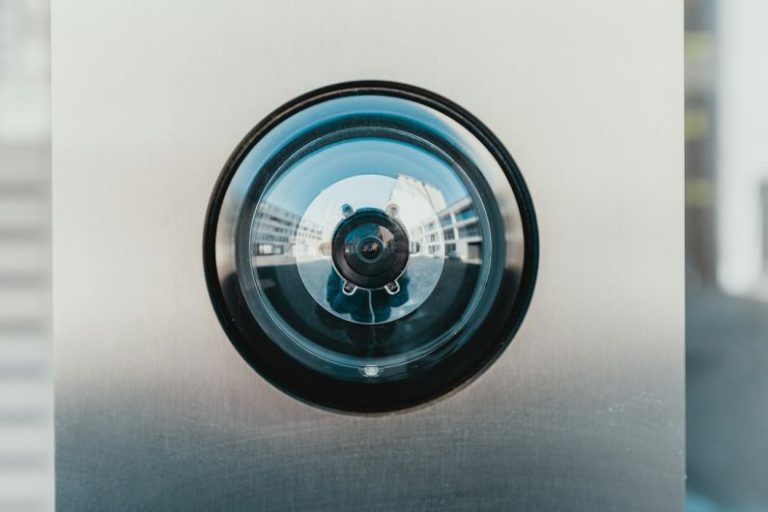How to Effectively Manage Home Humidity Levels?
Maintaining the ideal humidity levels in your home is essential for your comfort and overall well-being. Excess humidity can lead to mold growth, musty odors, and even damage to your furniture and belongings. On the other hand, low humidity can cause dry skin, respiratory issues, and static electricity. In this article, we will explore some effective strategies to manage home humidity levels and create a comfortable living environment.
Understanding Humidity Levels
Humidity refers to the amount of moisture in the air. It is usually measured as a percentage, with higher percentages indicating more moisture. The ideal indoor humidity level is generally considered to be between 30% and 50%. Anything below 30% is considered too dry, while anything above 50% is considered too humid.
Controlling Humidity Levels in Your Home
1. Use a Dehumidifier
If you live in a humid climate or have areas in your home that are prone to moisture, investing in a dehumidifier is a wise choice. A dehumidifier works by drawing in the excess moisture from the air and collecting it in a tank. Place the dehumidifier in the area with the highest humidity, such as the basement or bathroom, to effectively reduce overall humidity levels.
2. Increase Ventilation
Proper ventilation is crucial in maintaining optimal humidity levels. Ensure that your home is well-ventilated by opening windows and using exhaust fans in areas prone to moisture, such as the kitchen and bathroom. This allows the moist air to escape and fresh air to circulate, helping to regulate humidity levels.
3. Fix Leaks and Seal Cracks
Leaky pipes and cracks in your home’s foundation can contribute to excess moisture, leading to high humidity levels. Regularly inspect your home for any signs of leaks or cracks and promptly fix them to prevent moisture buildup.
4. Use Air Conditioners and Fans
Air conditioners not only cool the air but also remove excess moisture. Running an air conditioner on a moderate setting can help maintain ideal humidity levels. Additionally, using fans can improve air circulation and prevent stagnant air, which can contribute to high humidity.
5. Monitor Indoor Plants
While indoor plants can improve air quality, some plants release moisture through a process called transpiration. If you notice high humidity levels in your home, consider relocating or reducing the number of indoor plants.
6. Use Moisture Absorbing Materials
Certain materials, such as rock salt or silica gel, can effectively absorb excess moisture in the air. Placing these materials in small containers and strategically positioning them in high humidity areas can help regulate humidity levels.
7. Insulate Your Home
Proper insulation helps to maintain a consistent temperature and prevent moisture from entering your home. Insulate windows, doors, and walls to reduce the chance of condensation and mold growth.
Conclusion: Achieving Comfortable Humidity Levels
Managing home humidity levels is crucial for a comfortable living environment. Excess humidity can lead to various issues, including mold growth and damage to your belongings, while low humidity can cause dryness and discomfort. By implementing the strategies mentioned above, such as using a dehumidifier, increasing ventilation, and fixing leaks, you can effectively control humidity levels in your home. Remember to regularly monitor humidity levels and adjust your strategies as needed to maintain a healthy and comfortable indoor environment.






